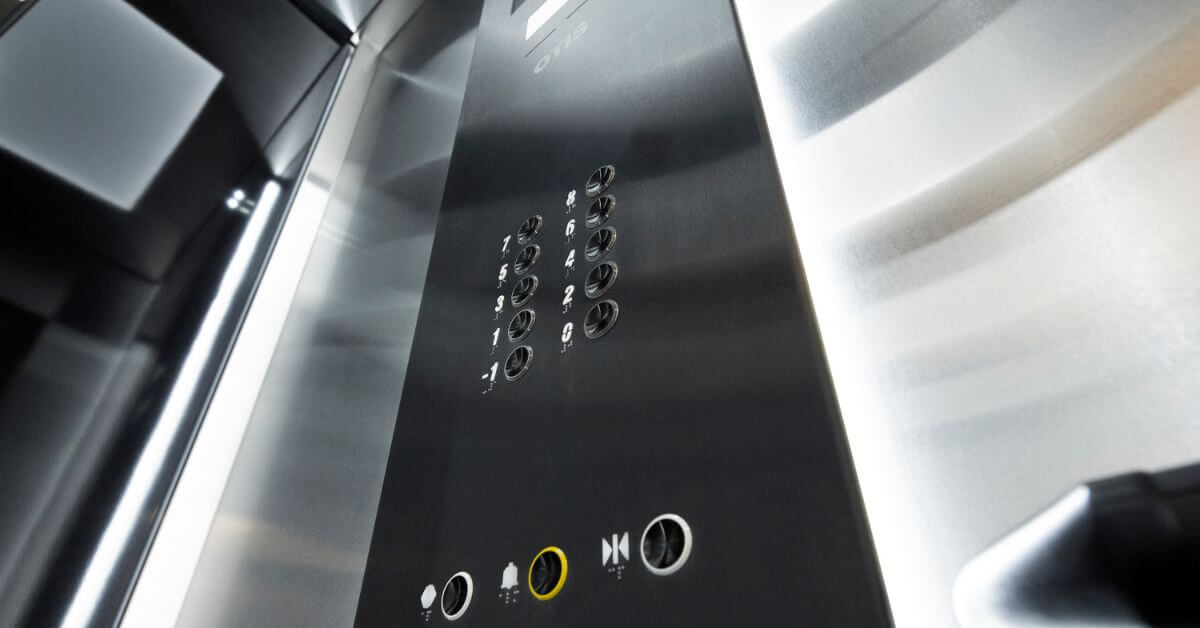Leading Lift Companies in London: Offering Quality Installations and Upkeep
Leading Lift Companies in London: Offering Quality Installations and Upkeep
Blog Article
Exploring the Globe of Elevators: Typical Problems Encountered by Various Lift Mechanisms
As we navigate via the upright transportation systems of modern-day buildings, lifts stand out as a crucial element of our everyday lives. From hydraulic lifts to traction systems and machine-room-less designs, each lift kind comes with its set of usual concerns.
Hydraulic Lifts
Hydraulic elevators, often liked for low-rise structures, utilize fluid stress to manage the movement of the elevator car (lift repair companies). This system includes a hydraulic pump pushing oil into a cyndrical tube, creating the lift to relocate the wanted direction. While hydraulic lifts are known for their peaceful and smooth operation, they do include their own collection of typical problems
One widespread problem with hydraulic elevators is oil leakage. The seals in the hydraulic system can break in time, resulting in oil seepage. This not just develops a mess yet can additionally impact the lift's efficiency if left unaddressed. Additionally, issues with the control system, such as malfunctioning valves or a malfunctioning pump, can cause disturbances in the lift's movement.
Routine maintenance and punctual repair work are essential to make certain the smooth functioning of hydraulic elevators. By resolving these usual problems proactively, structure proprietors can lessen downtime and guarantee the safety and security and efficiency of their upright transportation system.
Grip Elevators
When considering upright transportation systems in structures, one more common kind apart from hydraulic elevators is the traction elevator. Grip elevators run making use of a system of ropes and weights that relocate the lift vehicle by grasping onto the hoist ropes. This mechanism permits for smoother and much faster upright transportation compared to hydraulic systems.
One of the typical concerns dealt with by traction lifts is rope wear. The consistent activity of the ropes within the traction system can bring about tear and use in time, possibly creating the lift to breakdown or come to be risky for use. Normal inspections and upkeep of the ropes are important to guarantee the lift's appropriate performance and security.
One more problem that grip lifts may encounter is connected to the control system. Problems with the control system can cause issues such as unpredictable movement, delays in response times, or perhaps complete closures. Routine testing and maintenance of the control system are essential to avoid such issues and guarantee the elevator's dependability.
Machine-Room-Less (MRL) Elevators

Among the crucial components of MRL elevators is the portable gearless grip equipment that is mounted within the hoistway. This equipment effectively drives the lift cars and truck without the requirement for cumbersome equipment located in traditional traction elevators. Furthermore, MRL lifts normally use a weight system to stabilize the car, more boosting their power effectiveness.
Despite their advantages, MRL elevators might deal with obstacles associated to repair and maintenance because of the restricted area for equipment installation. Availability for servicing elements within the shaft can be limited, needing specialized training for specialists. Correct maintenance routines and routine examinations are important to ensure the ongoing smooth procedure of MRL lifts.
Overloading and Weight Restriction Issues
Overloading and weight limitation problems are essential problems in elevator procedures. Lift manufacturers design lifts with particular weight capabilities to make sure guest security and tools longevity.
When elevators are overloaded, it places too much stress on the electric motor, wires, and other parts, potentially causing break downs or malfunctions. Safety and security devices such as sensing units and overload sensing units are in location to avoid lifts from moving if they discover excess weight. In addition, surpassing weight limits can cause enhanced energy consumption and wear and tear on the elevator system.
To reduce overwhelming issues, building managers need to prominently published here present weight limits in lifts and enlighten occupants on the relevance of sticking to these limitations - lift repair companies. Routine upkeep checks by certified technicians can likewise assist make sure that elevators are running within secure weight specifications. By resolving overloading and weight limit issues proactively, building owners can improve lift security and performance
Electrical System Failings
Going beyond weight limits in lifts can not just lead to mechanical issues More about the author however additionally possibly contribute to electrical system failings within the lift framework. Electrical system failures are a crucial problem in elevator operation, as they can trigger unanticipated closures, malfunctions, or even safety and security threats.
Regular maintenance and check examinations are essential to determine and address possible electric problems quickly, ensuring the reliable and safe procedure of elevator systems. By sticking to weight restrictions and conducting routine electrical system checks, structure proprietors can minimize the risk of electrical failings in lifts.
Final Thought

Hydraulic elevators, typically preferred for low-rise buildings, use fluid pressure to manage the motion of the lift car.When taking into consideration vertical transport systems in structures, an additional typical kind aside from hydraulic lifts is the traction lift. Traction lifts run using a system of ropes and counterweights that relocate the elevator automobile by grasping onto the hoist ropes. Unlike traditional lifts that call for a separate machine room to house the equipment, MRL lifts incorporate most of the parts within the shaft, eliminating the demand for a devoted equipment area.In verdict, lifts deal with common issues such as hydraulic malfunctions, traction system failings, and electrical system issues.
Report this page